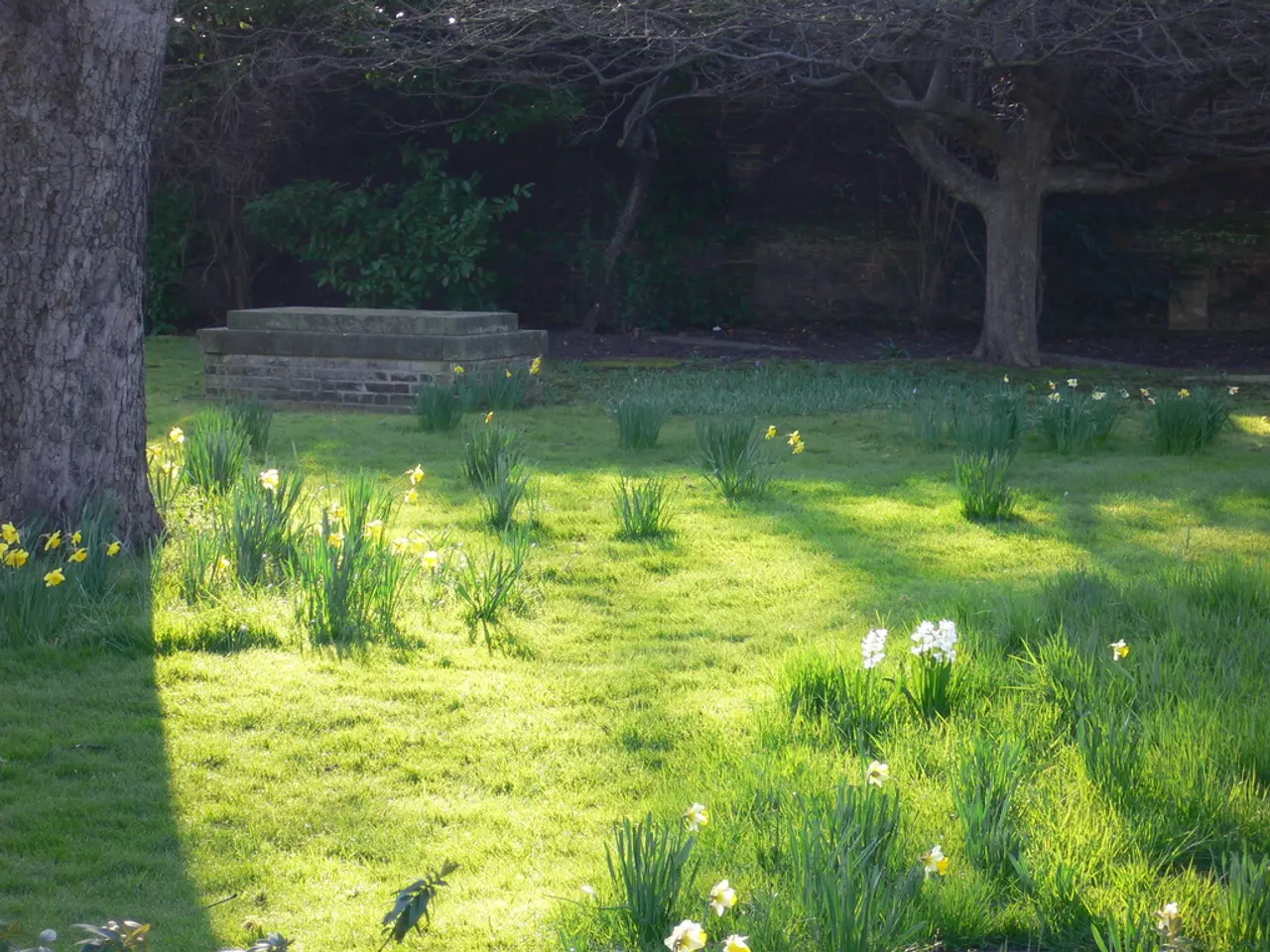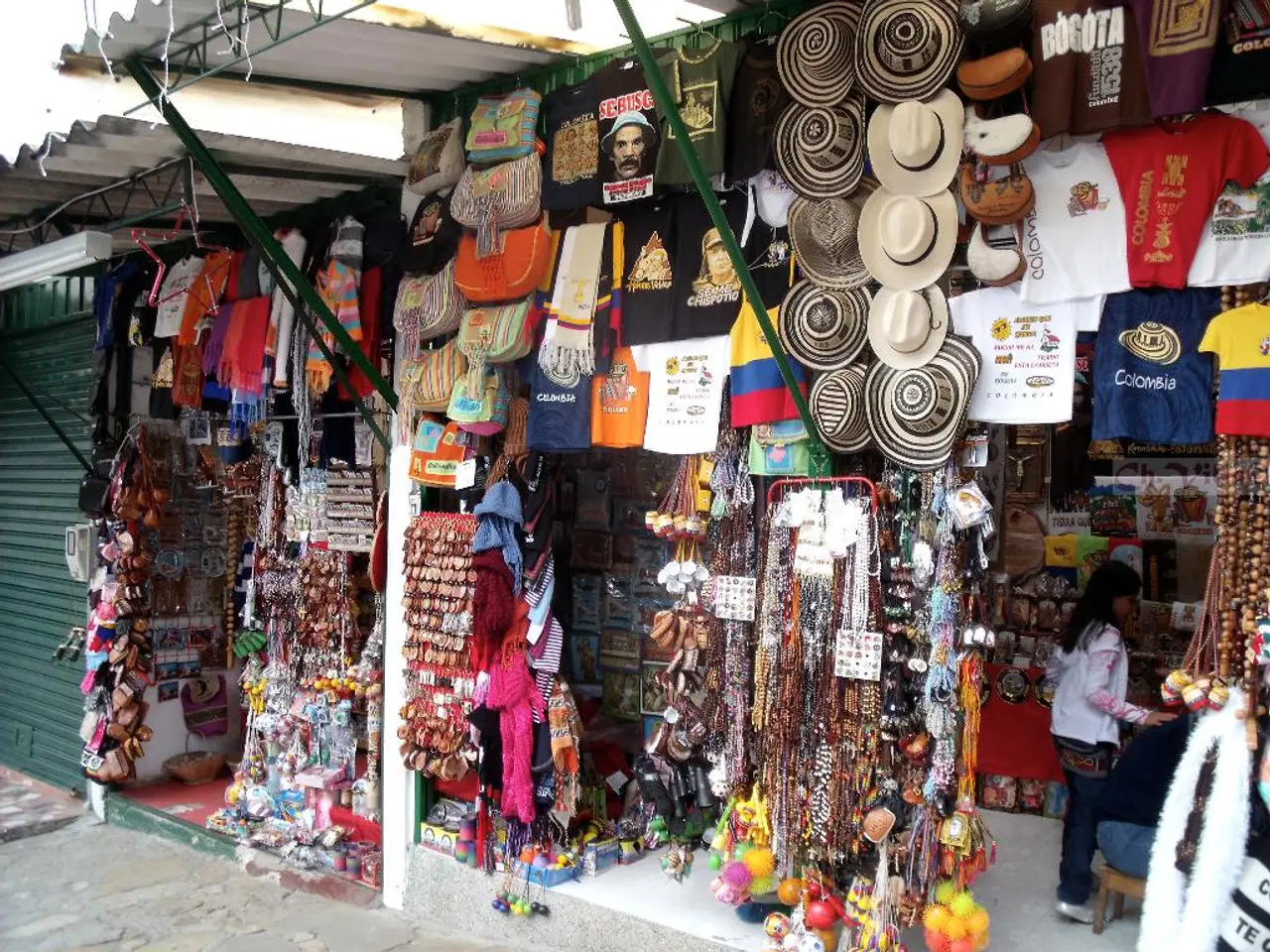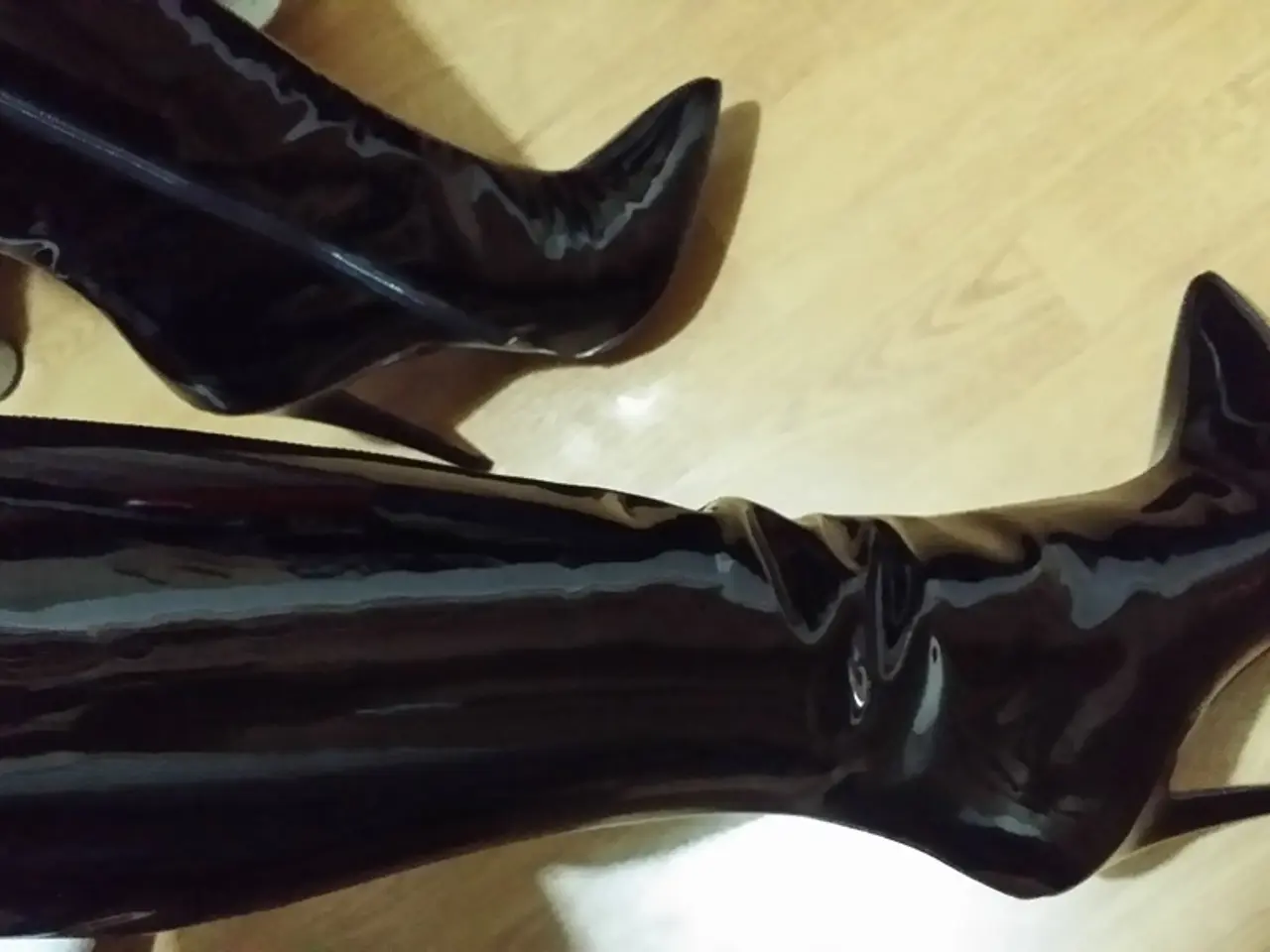Native Flora for Brighter Gardens: 8 Vibrant Options to Explore
In the quest for a lush, wildlife-friendly garden, native shade plants are the unsung heroes. They not only provide a haven for native pollinators but also add a touch of natural beauty to your garden. Here's a selection of native plants that thrive in the shade, making them perfect for your wooded corner or tough garden areas.
Many ferns, such as the maidenhair fern, lady fern, cinnamon fern, and ostrich fern, are native to North America and flourish in the shade. For those seeking dogwood varieties, the eastern flowering dogwood and Pacific dogwood are native species that are shade-tolerant and suitable for your garden.
Virginia sweetspire is a native shrub that grows best in rich, moist soil in partial shade. It offers long, arching racemes of white flowers in spring and fall color with red and purple foliage, making it a delightful addition to any garden.
The native azaleas, like the Florida flame azalea and Piedmont azalea, thrive in shade-dappled woodland areas and come in different flower colors and heights. For those seeking a low-growing species, the creeping dogwood is a suitable option.
Hepatica, with species like Hepatica acutiloba and H. americana, is an attractive woodland flower perfect for shade gardens, blooming in spring with blue, pink, lavender, or white flowers.
Native plants like these are ideally adapted to the conditions in your garden, making them resilient and easy to maintain. Many native shade plants can be found across big parts of the U.S., so it's worth checking with local extension offices for recommendations tailored to your region.
Wild Ginger, with its attractive foliage, is another native plant that grows low and is suited for growing in clumps or as a groundcover in shade. Most species are hardy in zones 3 through 9.
For the Pacific Northwest region, specifically, Pacific bleeding heart and Western columbine are recommended perennials that offer both beauty and high habitat value for native wildlife. Salal and evergreen huckleberry are other native shade-adapted shrubs well suited to forest understories and provide food and shelter for pollinators and birds.
Eastern gamagrass, an ornamental grass that can grow in partial shade, is another native option. Reaching up to 12 feet tall but usually shorter in the garden, it serves as a host for native butterflies.
In summary, for native shade garden areas benefiting wildlife and pollinators, focus on native perennials and shrubs such as Pacific bleeding heart, Western columbine, salal, evergreen huckleberry, and Virginia sweetspire. These plants are proven to thrive in shady conditions and support native pollinators effectively.
Gardening enthusiasts might consider incorporating native azaleas, such as the Florida flame azalea and Piedmont azalea, into their home-and-garden for a shade-friendly, wildlife-friendly habitat. Another ideal choice for a shaded garden is the Virginia sweetspire, a native shrub boasting attractive white flowers and vivid fall foliage.




